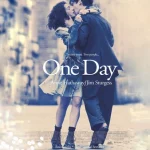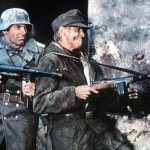The Texas Chainsaw Massacre (2003)
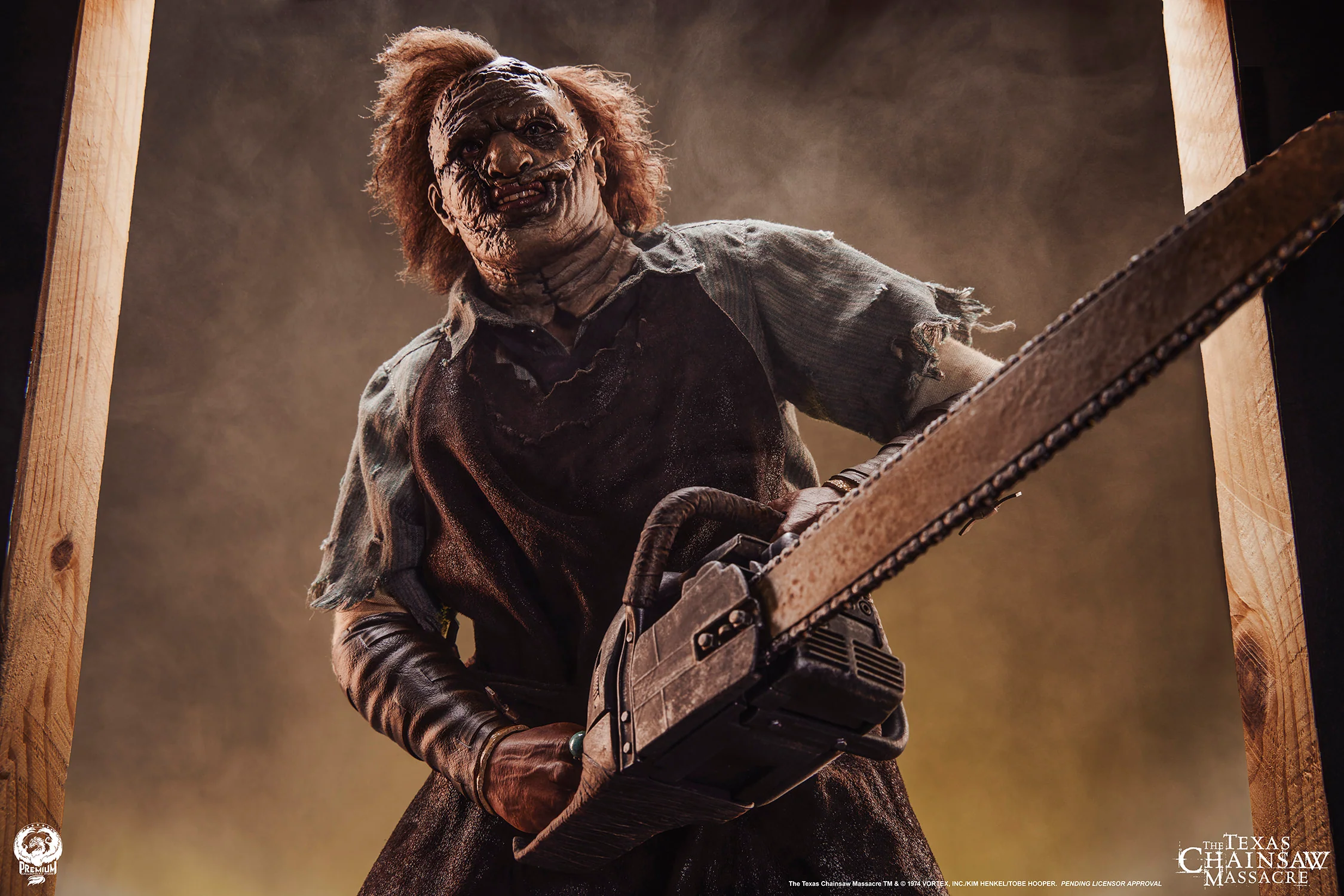
The Texas Chainsaw Massacre (2003) is a horror film directed by Marcus Nispel, which serves as a reimagining of the iconic 1974 film of the same name. As the fifth installment in the Texas Chainsaw Massacre franchise, the movie revives the terrifying story of Leatherface, a deranged killer who uses a chainsaw to stalk and slaughter his victims. With a fresh approach to the classic tale, the 2003 version updates the horror for a new generation while paying homage to its roots.
The plot follows a group of teenagers who, while traveling through rural Texas, encounter a family of sadistic cannibals. When one of their friends is murdered in a bizarre and violent encounter, the group seeks help from a local sheriff. However, they quickly discover that the sheriff is not what he seems, and they soon find themselves being hunted by the deranged members of the Hewitt family, including the infamous Leatherface. The story, filled with tension, dread, and shocking violence, builds to a nightmarish conclusion that leaves viewers on the edge of their seats.
One of the most notable aspects of The Texas Chainsaw Massacre (2003) is its visceral and unrelenting violence. The film embraces its R-rating, delivering brutal, graphic scenes that capture the essence of slasher horror. The movie’s depiction of bloodshed and gore is intense, with Leatherface’s iconic chainsaw being used in a series of horrific killings. While this violence may be unsettling for some viewers, it serves to create a sense of fear and unease that drives the film’s atmosphere. The tension is palpable as the characters struggle to survive in a hostile environment, desperately trying to escape the relentless horrors that await them.
Despite its graphic content, The Texas Chainsaw Massacre (2003) also features strong performances from its cast. Jessica Biel, as Erin, plays the role of the resourceful and determined final girl with conviction. Her character’s bravery and perseverance make her a sympathetic figure amidst the chaos and bloodshed. The supporting cast, including actors like Jonathan Tucker and Mike Vogel, also contribute to the film’s intensity, effectively portraying the fear and desperation of their characters. However, it is Andrew Bryniarski’s portrayal of Leatherface that stands out, with his terrifying physical presence and haunting portrayal of the silent, yet monstrous killer.
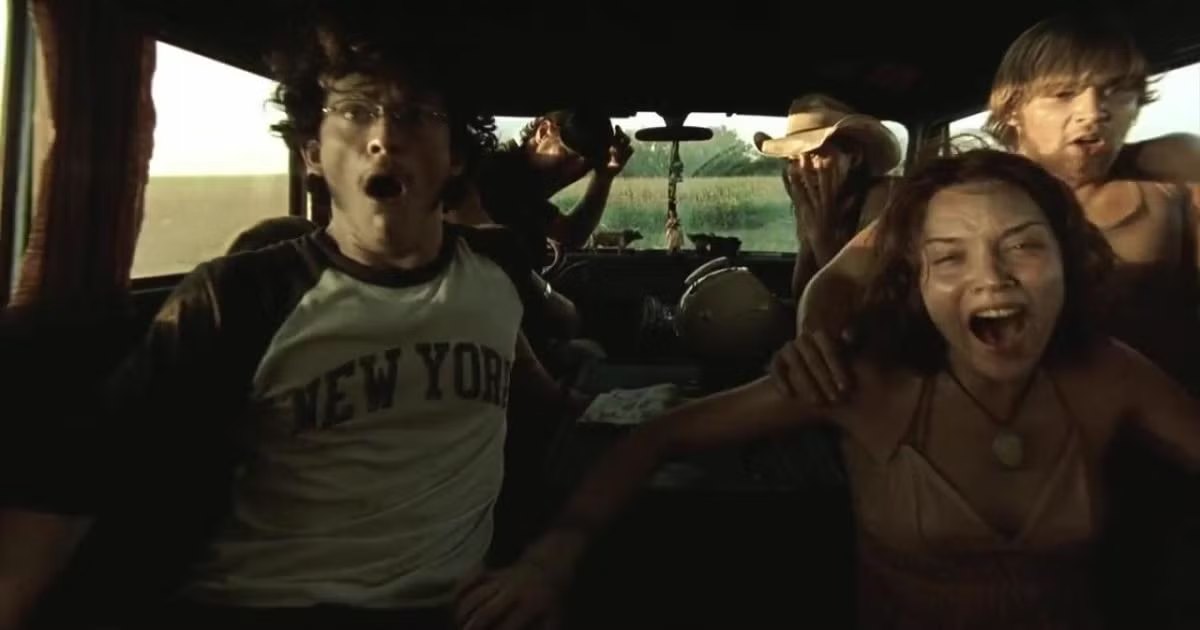
Visually, the film is dark and gritty, with cinematography that emphasizes the bleakness and isolation of rural Texas. The production design makes use of dilapidated buildings, eerie landscapes, and unsettling settings, creating an atmosphere of dread and hopelessness. The dusty, sun-scorched roads and crumbling farmhouses set the tone for the film’s nightmarish events, transporting the audience to a world where danger lurks in every corner. The film’s visual style is heavily influenced by the gritty realism of the original 1974 film but incorporates modern techniques to heighten the horror experience.
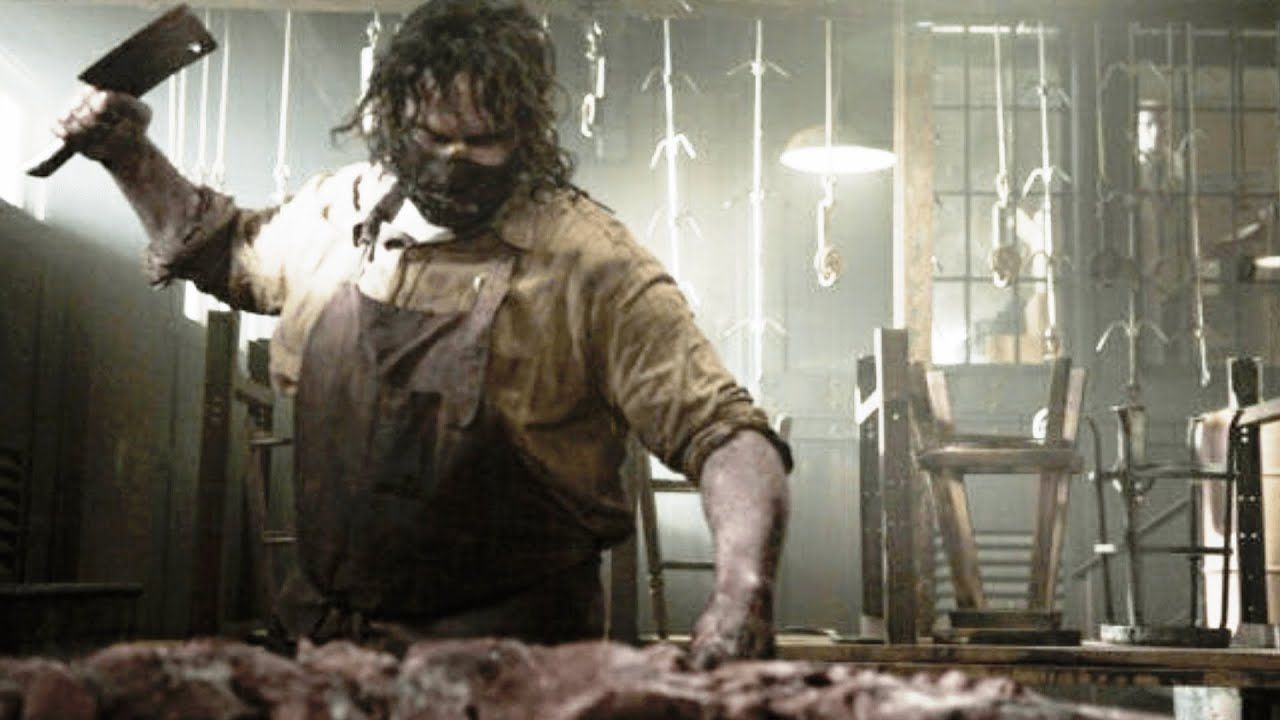
At its core, The Texas Chainsaw Massacre (2003) is a tale of survival, desperation, and the breakdown of humanity. It explores the terrifying consequences of encountering a family of twisted individuals who have abandoned any sense of morality. The film touches on themes of violence, corruption, and the loss of innocence, drawing on the original’s social commentary about the dehumanizing effects of rural isolation and the breakdown of societal norms. While it is a horror movie at its heart, it also delves into the psychological horror of encountering true evil.
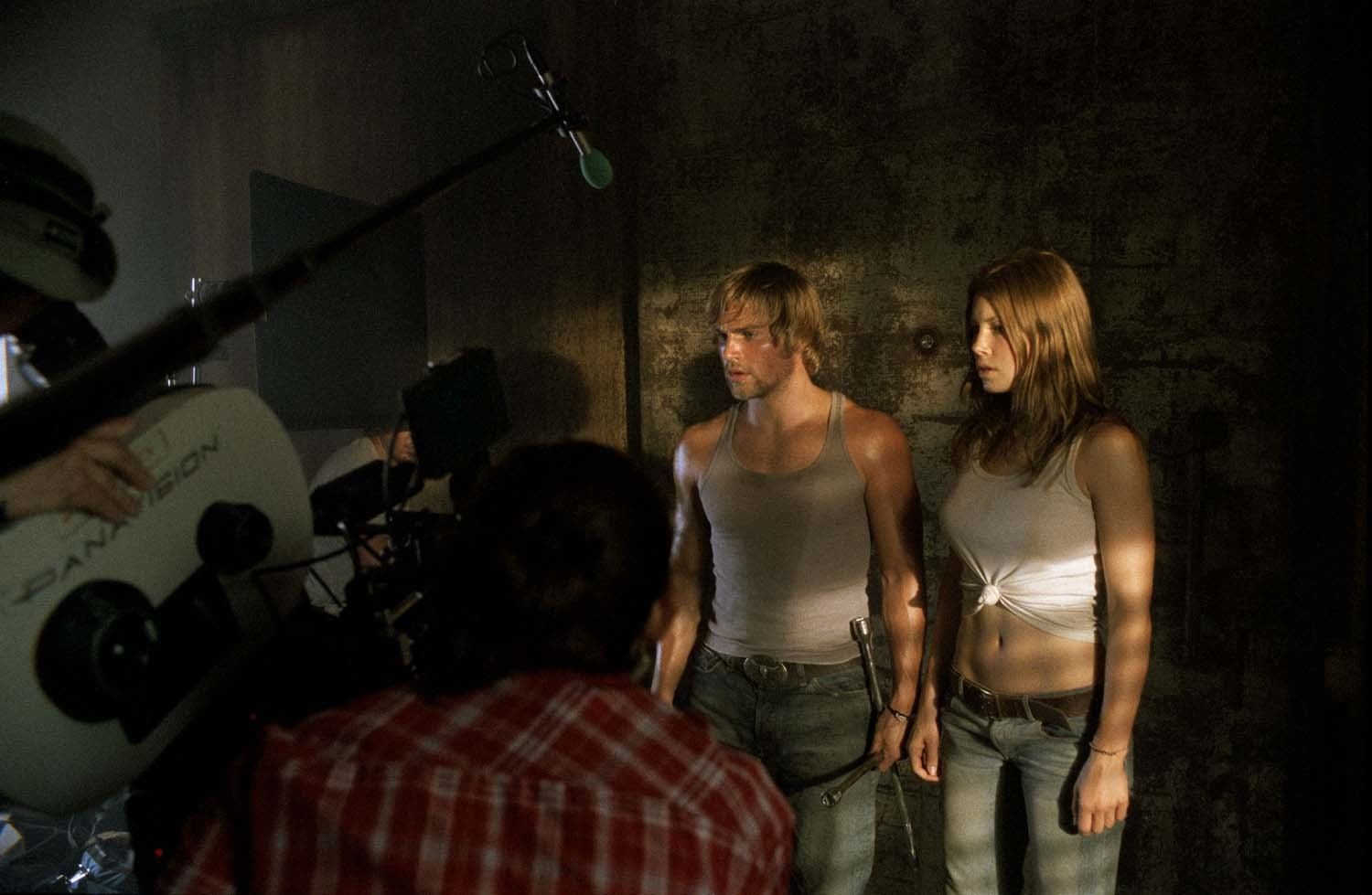
In conclusion, The Texas Chainsaw Massacre (2003) is a brutal and intense reimagining of the 1974 classic, bringing the terrifying story of Leatherface to a new generation. With its graphic violence, strong performances, and unsettling atmosphere, the film delivers a horrifying experience that keeps viewers on edge from beginning to end. While it may not be for everyone due to its shocking content, it is a noteworthy entry in the Texas Chainsaw Massacre franchise and a solid addition to the modern slasher genre. Whether you are a fan of the original or new to the series, The Texas Chainsaw Massacre (2003) is a chilling reminder of the power of fear and the horrors that can emerge from the darkest corners of humanity.





